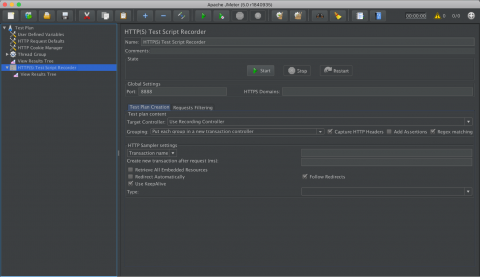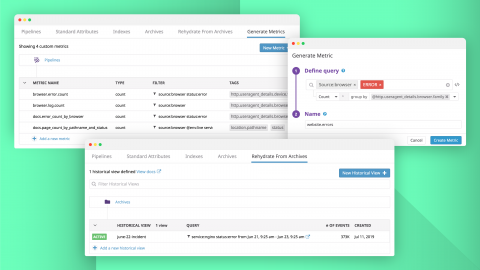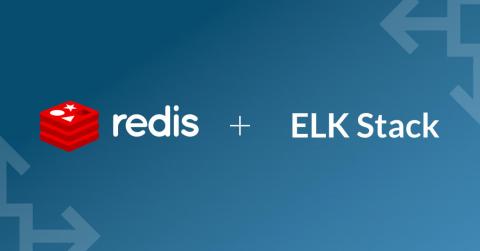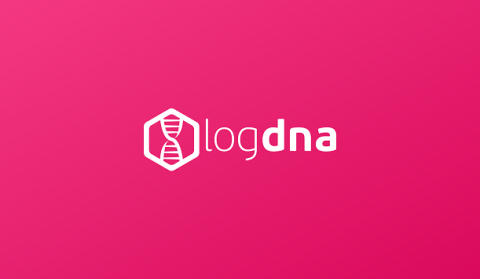Five reasons to choose Log360, part 5: Integrated compliance management
So far in this blog series, we’ve seen how Log360 is simple to get up and running, allows you to receive a central view of multiple environments, provides deep auditing capabilities across these environments, and comes with advanced security features to deal with all manner of security incidents. In the concluding post of this blog series, we’ll look at another highly essential component of SIEM solutions: integrated compliance management.











